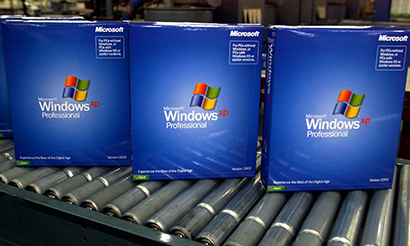“I don’t use ninety percent of what’s in Microsoft Word” has been the complaint of computer users for years as they struggled through the myriad features of box software products.
In the days of floppy disks and CDs, software developers tried to deliver as many features as they could; despite the fact that the ordinary user only needed a core set of functions and that most items on the menus went untouched.
The result was bloated, difficult to use software. The cloud computing model changes this, particularly in business fields like accounting software.
Last week saw a blitz of releases from cloud accounting services with Xero, Intuit and MYOB all making big announcements.
MYOB announced a wide ranging product refresh, Intuit their mobile service and Xero its new board directors that point the direction for its US expansion.
A key part of all the announcement was how the services are all boasting of their partner ecosystems developing add ons that improve users’ functionality.
Once consequence of having an army of developers plugging into the product means that companies don’t have to ship bloated packages that have dozens of features that are irrelevant to each users’ needs.
Xero’s Australian CEO, Chris Ridd, put this well during the week by observing that company aims to “address the basic eighty percent of needs”.
This is the exact opposite of the box software model of the past where vendors would try to pack more features into their products which gave rise to the term bloatware.
Microsoft’s Office package was probably the best example of this massive growth in the product size, with the installation files eventually taking up a full 4.3Gb DVD to deliver something that most people were happy with when WordPerfect 2.0 shipped on three floppy disks.
That change to the software model is a good example of how business practices and methods change as technology evolves; it also illustrates just one of the fundamental changes older software companies are having to deal with as cloud services change their industry.
We can still have all the features we want in a software package, but we’ll just have to connect – and probably pay for the add ons.
Today, we’re more likely to be scrambling to find an add-on rather than complaining about features we don’t need.

Leave a Reply